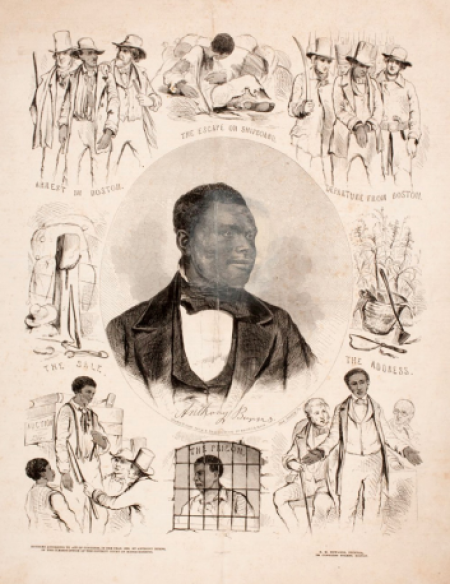
American Antiquarian Society
185 Salisbury Street
Worcester, MA 01609
United States
In the months following the beginning of the COVID-19 pandemic and amid a deepening housing and employment crisis, numerous mutual aid organizations sprouted up across the country as a way to share resources during lockdown. Many BIPOC organizers were quick to point out that mutual aid–which seeks to directly meet people’s needs without harmful intervention masked as aid from the state–was not invented in 2020, but has long been a central part of social movement work and how disenfranchised communities take care of one another. This course will use the Antiquarian Society’s rich collections to trace a history of mutual aid that goes even further back in American history. We will begin our work with the 1793 Yellow Fever Epidemic in Philadelphia, a dramatic episode in which members of the Free African Society mobilized to take care of the city’s ailing population while white elites fled, only to be vilified and accused of committing theft and fraud after the crisis had passed. We will go on to study free black mutual aid and relief organizations as they emerged in Boston in the late eighteenth century; we will rethink the Underground Railroad and anti-slavery Vigilance Committees as antebellum direct action networks; we will examine enslaved and indigenous practices of health and healing; we will learn about early feminist experiments in reproductive control, sexual liberation, and childcare. We will conclude with Black-led Civil War and Reconstruction era relief efforts, with an emphasis on how the Civil War produced a massive housing and refugee crisis, as well as a public health emergency the nation was not equipped to manage or alleviate. This course will use contemporary mutual aid organizing as a way to illuminate new and neglected histories of radicalism and social protest in early America; it will also be shamelessly presentist in seeking out historical blueprints, tactics, and organizational models that might be used today.